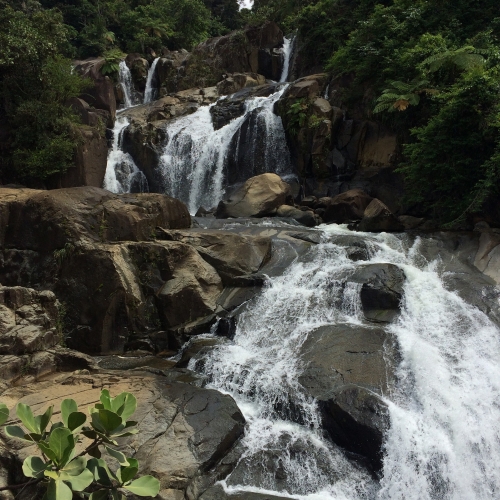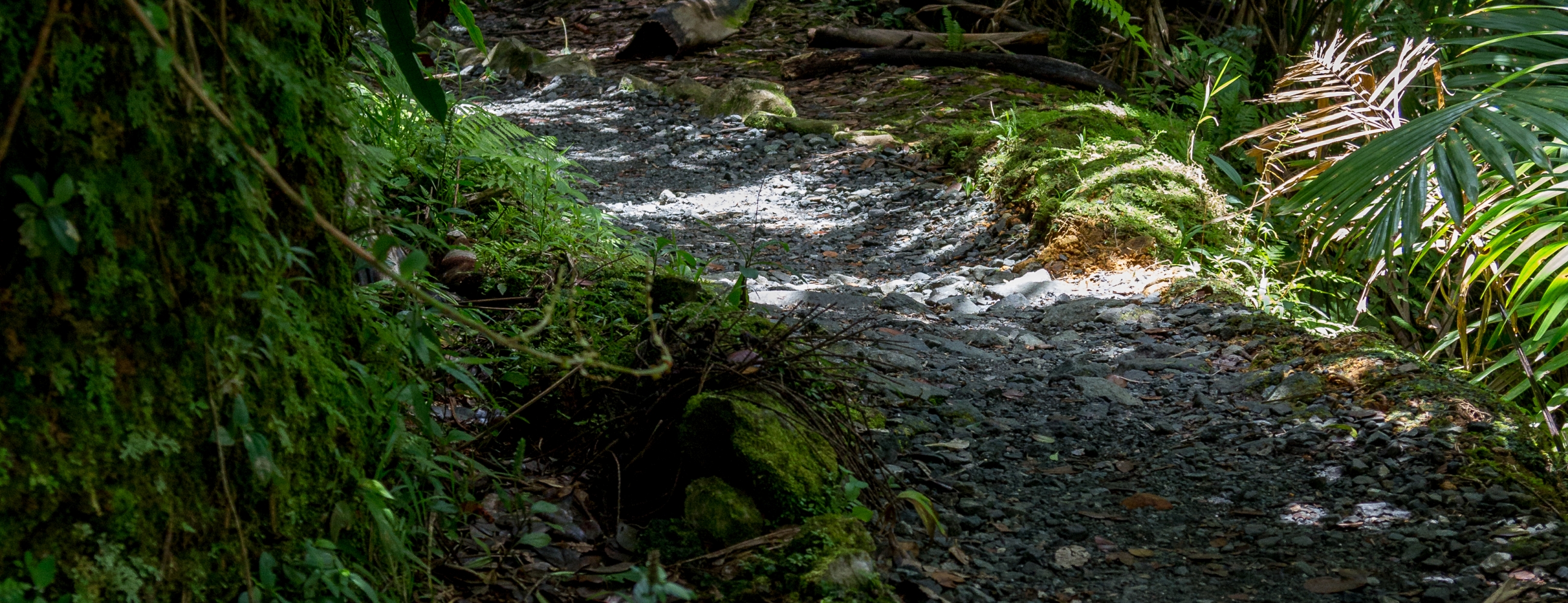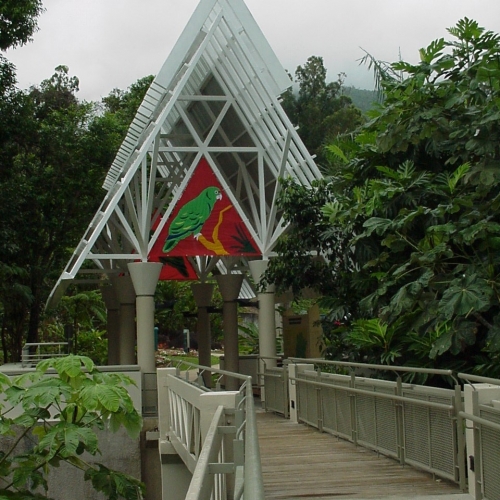
The Forest Pathways
In this section, you will find information about El Yunque trails and how to prepare to go through them.
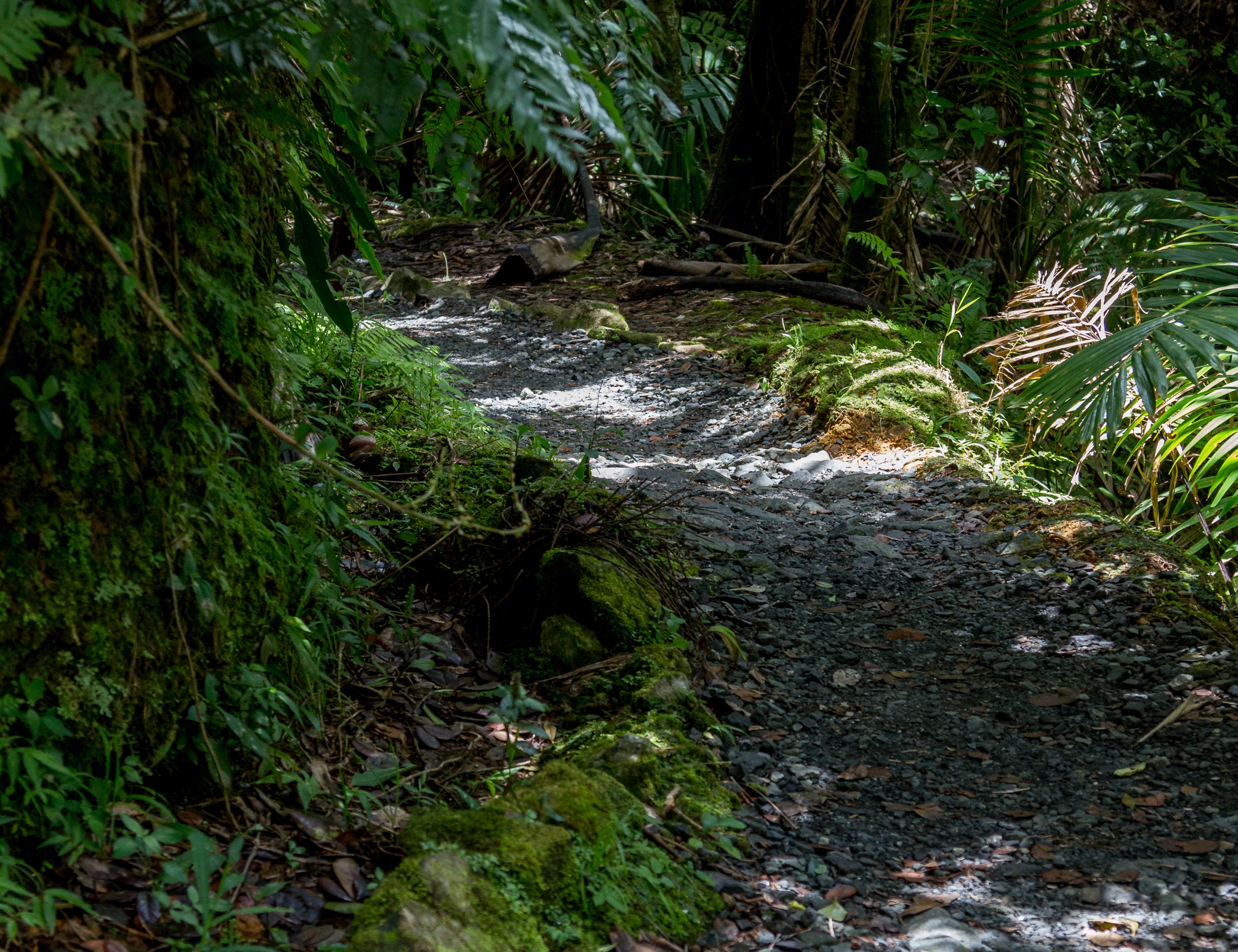

Trails in El Yunque
El Yunque is full of trails. Throughout history, many practices have been motive to open pathways, some of them are:
• agriculture
• mining
• logging and tree extraction
• carbon elaboration
• road construction
• recreation
• investigations and studies in the forest
When you go through the forest, it’s important to acknowledge the history behind these pathways. Nowadays, we are allowed to go into the forest’s different altitudes, ecosystems, and microclimates. On which have you already walked?
For more information on the history of the trails in El Yunque, you can consult this literary reference.
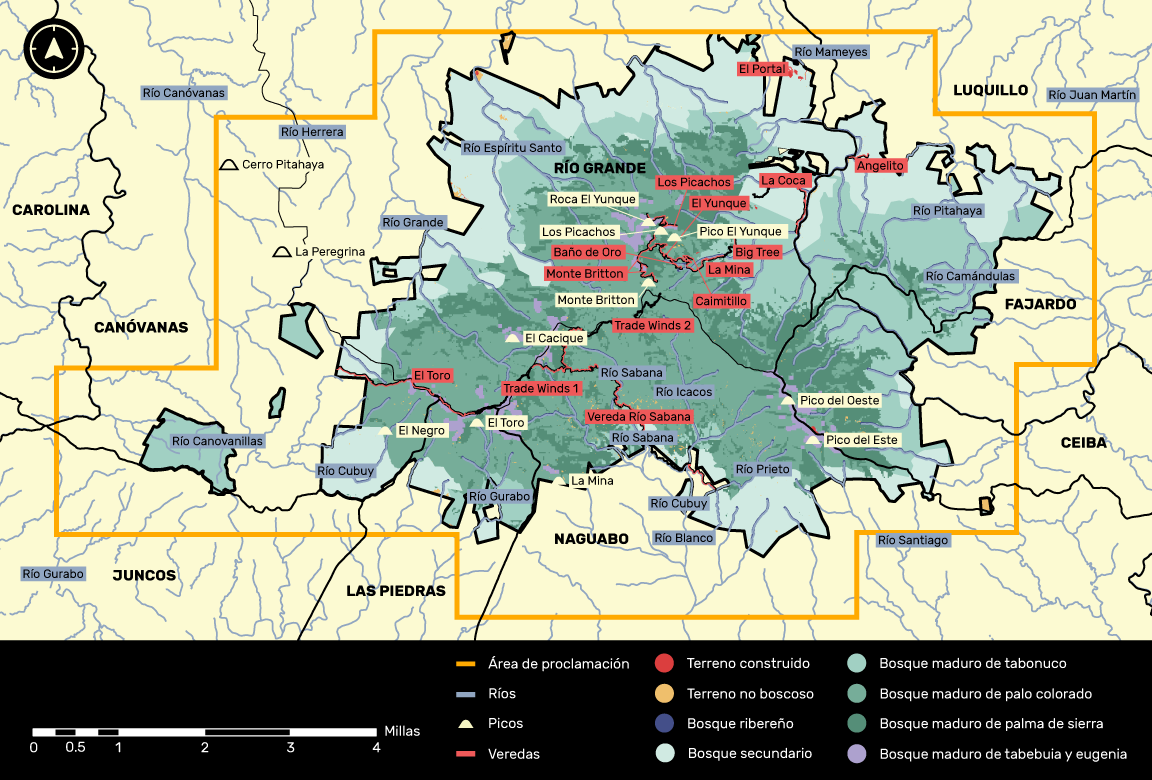

The Angelito Trail
Located near Barrio Sabana de Luquillo and the famous Puente Roto (Broken Bridge), El Angelito Trail begins on km 3.6 of Hwy. 988. It is estimated that the trail originated as a result of carbon production during the first half of the XX Century. After the 2017 hurricane season, El Angelito was one of the first trails that could receive visitors thanks to the cleaning teams who cleared the forest pathways. Right now, it serves as a great example of how the forest recovers naturally.
It is accessible at the altitude of the Tabonuco Forest, and El Angelito Trail is truly loved and enjoyed by both local and foreign visitors. At the end of the trail, we arrive at a natural pool at the Mameyes River. This river has no dams, so it flows naturally and is protected by the Wild and Scenic Rivers Act for its natural, cultural, and recreational value.
Can you imagine who Angelito is?
Like many other neighbors of Barrio Sabana and the entire island, Don Ángel Rosa Torres was one of the many workers who walked many of the hidden corners of the Sierra de Luquillo last century. Don Ángel worked on farms in the area, cut down trees, and prepared carbon. Additionally, he worked for the Civilian Conservation Corps, planting trees and opening up pathways, pathways, and more pathways. In a few words, Ángel Rosa Torres was very knowledgeable of the flora and fauna of the Sierra de Luquillo. Naming this trail El Angelito is not only an act of recognition to the memory of Don Ángel, but also to the memory of all those Puerto Ricans who were able to survive the XX Century, precisely because of their relationship with the forest.
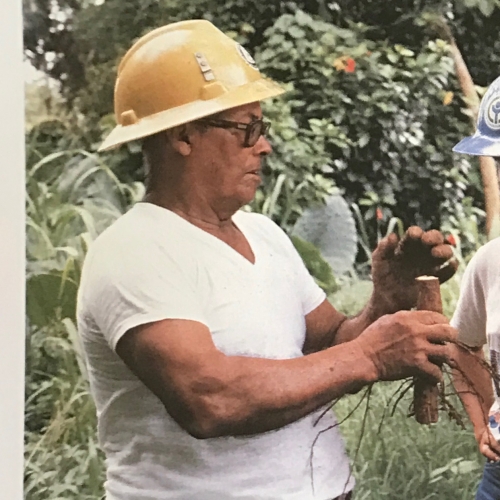
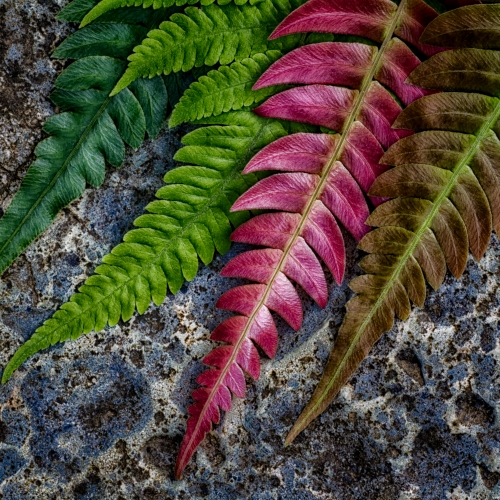
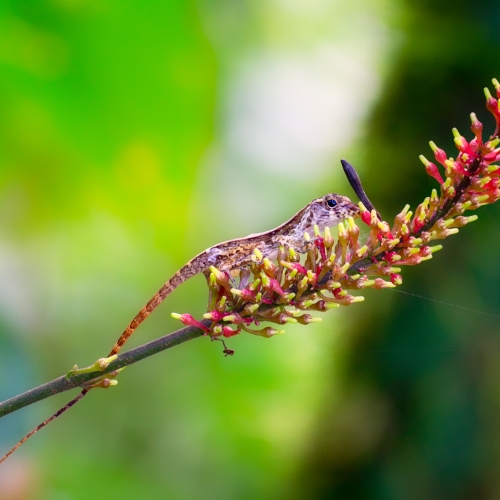
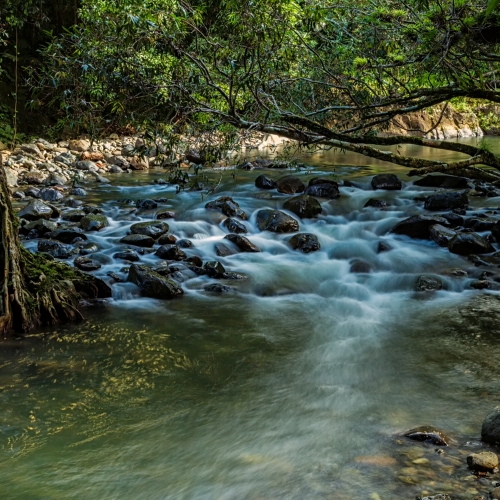

The Portal
What’s known today as the entrance to El Yunque is El Portal Visitors Center, located near Barrio Palmer in Río Grande. Inaugurated in 1996, the Visitors Center was established with the intention of its being a space for education on climate change and the importance of preserving tropical forests. The center trail, also called El Portal, opened a few years later. Since the 2017 hurricane season, the center has been under reconstruction, and the trail remains closed to the public. In the meantime, El Portalito in Barrio Palmer will serve as a temporary Visitors Center.
What if the Portal could talk? It would tell us that it was built in the former La Catalina Nursery. Established in 1945, the nursery grew mostly exotic tree species that were added to all the reforestation efforts in the forest and the entire island. We should mention that, before the nursery, there was also a coffee farm here called La Catalina. That is why, as we walk through the trail, we enjoy what is denominated a Secondary Forest, an effect of the recuperation process that is set in motion after natural or human disturbances.
We can see breadfruit, plantain, and papaya trees coexisting with exotic, native, and endemic species in the forest. At different times throughout the day, 17 types of birds have been heard. There are also bats, snails, coquíes (tree frogs), lizards, and a great variety of insects. An enjoyable trail of approximately 45 minutes, the El Portal Forest is currently under post-hurricane recuperation. Wish them the best!
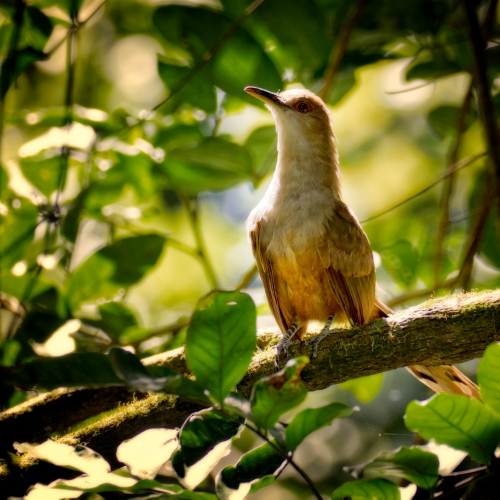
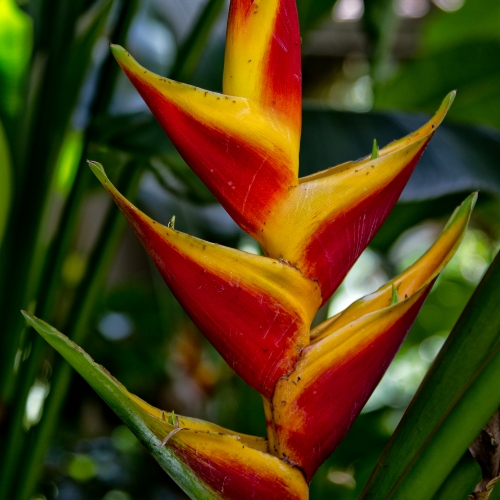

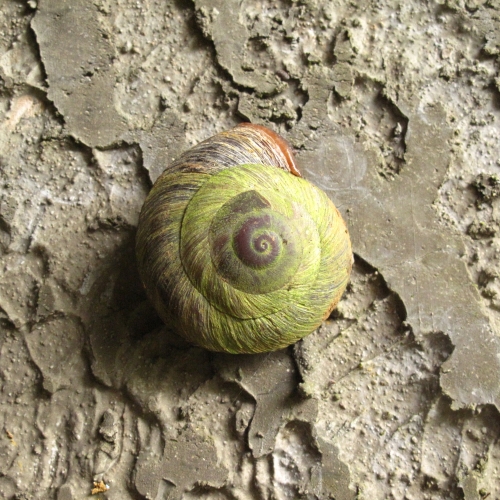

Let’s Walk!: Preparation for Going into the Forest
How do we begin a relationship with the forest? By walking! We invite you to explore it, so that you can establish a living connection with it and its history. For an unforgettable experience, you can refer to this list of materials. You might be surprised that, by getting to know the forest, you might get to know yourself more deeply.
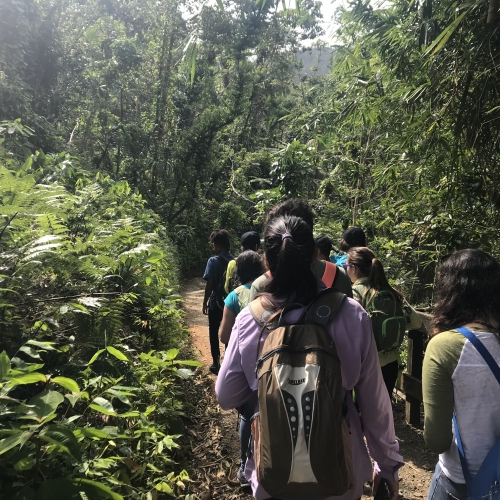
Essential
Backpack
Camisa de algodón con manga larga de color claro
Water
Gorra o sombrero
Zapatos deportivos cómodos para caminar
Merienda de tu preferencia
Kit de primeros auxilios
Medicamento recetado si aplica
Suggested
Una muda de ropa adicional en bolsa plástica
Pañuelo
Libreta de bolsillo
Lápiz o marcadores
Sunglasses
Towel
Cámara fotográfica o de video liviana
Capa de lluvia o abrigo impermeable
Si lo tienes disponible
Binoculars
Magnifying glass
Compass
1 ó 2 por grupo es suficiente: compartan
Repelente de mosquitos
Sunscreen

The Forest is a Zero Waste Area
Human beings are the only ones in the planet who produce non-degradable material, which turns into trash. Yes! Trash is completely human-made problem, and it affects the entire planet. Can we transform our waste management practices? It’s urgent that we do so, for the conservation of our lives and our ecosystems!
If we observe closely along the path, we might find feathers, hatched egg shells, lizard poop, fallen leaves, animal tracks, and other traces that bear witness to the presence of biodiversity in the forest. These traces are a beautiful thing for the forest, because they decompose through a natural process at ease with the ecosystem.
That’s why it’s important to:
• Manage your trash responsibly: you can carry it in your backpack until you find a trash can or recycling container outside of the forest.
• Admire, touch, and enjoy its fragrance, if possible, leaving everything you find along the way in its place.
• Walk and/or camp only in designated areas.
• Protect wildlife by keeping your distance.
